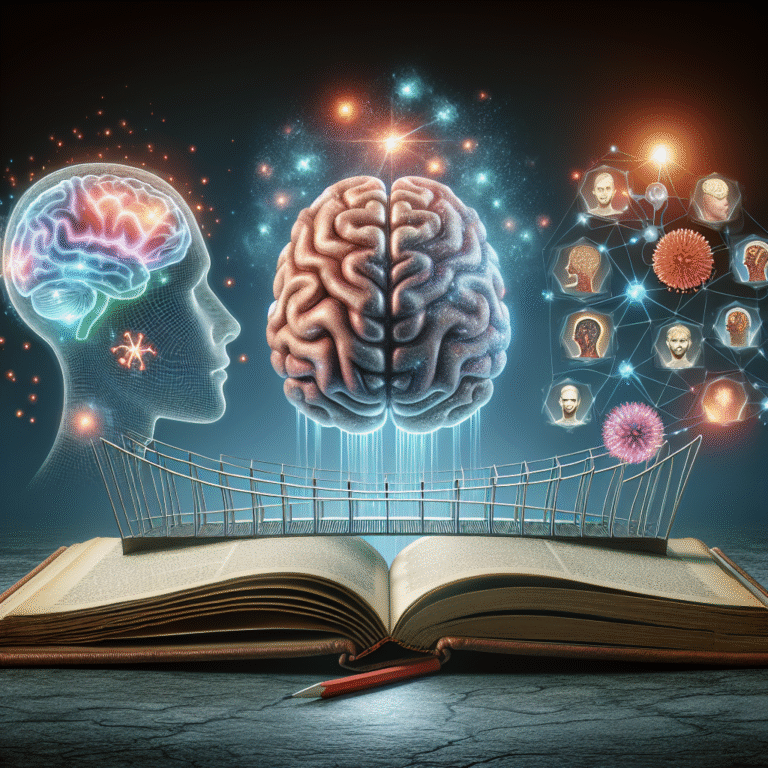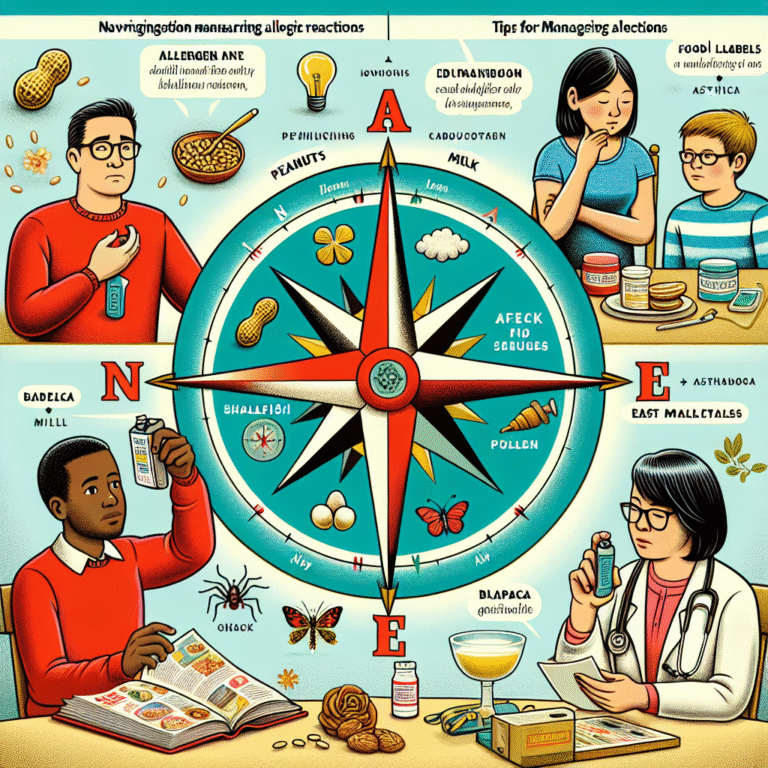
Introduction
Have you ever pondered how the words we use shape the way we think? Or considered that language is not just a tool for communication but a powerful framework that constructs our thoughts? Language and thought: the interplay between cognition and communication is a fascinating subject, shedding light on how our linguistic abilities influence our cognitive processes. As we navigate this intricate relationship, we unearth insights that can lead not only to enhanced understanding of ourselves and others but also to transformative communication in both personal and professional contexts.
In a world increasingly defined by communication, understanding the synergy between language and thought is more relevant than ever. This article aims to explore this interplay, unpacking the nuances of cognition and language while providing compelling case studies and actionable insights that can enrich your personal and professional lives.
The Foundations of Language and Thought
Language is fundamentally tied to thought. The way we express ourselves provides not only a medium for sharing ideas but also a structure for our cognitive processes. Scholars have debated the nature of this relationship for decades, resulting in various theories. In this section, we will explore some foundational concepts underlying the interplay between language and thought.
The Sapir-Whorf Hypothesis
One of the most significant theories in this realm is the Sapir-Whorf Hypothesis, which suggests that the structure of a language affects its speakers’ worldview. According to this theory, cognitive processes are deeply influenced by linguistic frameworks. For instance, speakers of languages that do not utilize future tenses may experience time differently than those who speak languages that do.
Example: Consider how the Inuit language has numerous words for snow, as opposed to the singular term used in English. This linguistic diversity allows Inuit speakers to conceptualize and differentiate between various types of snow, illustrating how language shapes their cognitive perception of their environment.
Language Development and Cognitive Growth
From infancy, the acquisition of language plays a pivotal role in cognitive development. Children learn to categorize their experiences through the words they are taught. Piaget’s theory of cognitive development highlights that language is integral to the child’s understanding of the world, marking phases where language acquisition aligns with cognitive milestones.
Case Study: The Role of Bilingualism
Research has shown that bilingual children often exhibit enhanced cognitive flexibility compared to their monolingual peers. A study published in the journal Cognition indicates that bilingual individuals demonstrate superior executive function skills, allowing them to manage conflicting information more efficiently. This study underscores the profound connection between language and cognitive capabilities, illustrating the interplay between cognition and communication.
The Mechanics of Communication
Verbal and Non-Verbal Communication
Communication extends beyond mere words. Non-verbal cues, such as facial expressions, gestures, and body language, play a critical role in conveying meaning. Understanding the interplay between verbal and non-verbal communication can significantly enhance interpersonal relations.
Table 1: Communication Modalities
| Modality | Description | Impact on Communication |
|---|---|---|
| Verbal | Spoken or written words | Provides detailed and explicit messages |
| Non-verbal | Body language, gestures, facial expressions | Often conveys emotions and context |
| Paraverbal | Tone of voice, pitch, speed | Influences the interpretation of verbal messages |
The Role of Context
Context is another essential element within the language and thought framework. The same phrase can evoke various meanings depending on the situation in which it is used, emphasizing how context enriches or alters communication.
Example: The phrase "I’m fine" can mean different things based on tone and body language. In a casual context, it may signify genuine contentment, while in a tense environment, it might indicate the opposite.
The Neuroscience Behind Language and Thought
The Brain’s Language Centers
Neuroscience has illuminated how language and thought interact within the brain. Broca’s area and Wernicke’s area are crucial for language production and comprehension, respectively. Damage to these areas can lead to significant impairments, showcasing how deeply ingrained communication is in our cognitive architecture.
Case Study: Aphasia
Individuals with aphasia experience challenges in language processing, demonstrating how interconnected language and thought are. Research has shown that patients with Broca’s aphasia may struggle to construct grammatically correct sentences but can still convey their thoughts through gestures and facial expressions, indicating that thought persists even when language is impaired.
The Impact of Culture on Language and Thought
Linguistic Relativity
Cultural differences lead to varied linguistic expressions and cognitive styles, known as linguistic relativity. The way different cultures use language can affect their perception of reality, leading to unique thought processes.
Example: In some cultures, there is a stronger emphasis on collectivism, and language reflects this through communal pronouns. This linguistic feature can foster a sense of interconnectedness among speakers, highlighting the powerful interplay between language and cultural cognition.
Language as a Cultural Carrier
Language serves as a vessel for cultural values and norms, influencing thought processes on a broader scale. The idioms and expressions unique to particular languages encapsulate cultural experiences and philosophies, illustrating the profound interaction between language, thought, and cultural identity.
Enhancing Communication Skills
Understanding the interplay between language and thought offers valuable insights for enhancing communication skills. By being mindful of linguistic choices and the underlying cognitive processes, individuals can elevate their interactions.
Active Listening
Active listening is an essential component of effective communication. By being present and engaged in conversations, you not only show respect but also improve mutual understanding, fostering deeper connections.
Table 2: Key Active Listening Techniques
| Technique | Description |
|---|---|
| Paraphrasing | Restating what the speaker has said |
| Asking Clarifying Questions | Seeking clarification on ambiguous points |
| Non-verbal Cues | Using body language to show engagement |
Mindful Language Use
Practicing mindfulness in language can lead to more meaningful communication. Choosing words thoughtfully helps convey intentions clearly and reduces the risk of misinterpretation.
Case Study: The Influence of Positive Language in Business
Businesses that adopt positive language strategies report improved employee morale and customer satisfaction. For instance, utilizing constructive language in performance reviews encourages a growth mindset among employees, emphasizing the influence of language on the cognitive and emotional aspects of professional interactions.
The Future of Language and Thought
As we advance into an increasingly globalized society, understanding the interplay between language and thought becomes essential. The rise of technology and artificial intelligence is reshaping how we communicate, often diluting the nuances of language and thought. Embracing these changes while remaining cognizant of the critical relationship between language and thought will enable us to navigate future communication challenges more effectively.
The Role of Technology
Technology, while enhancing communication, can also pose challenges to the depth of our linguistic interactions. Social media platforms and instant messaging may prioritize brevity and efficiency over richness and context, possibly impacting cognitive processing in the long term.
Case Study: The Impact of Texting on Language Skills
A study conducted by the University of Alberta found that heavy texting, especially using abbreviations and emojis, can affect literacy rates in young adults. This phenomenon underscores the need for a balanced approach, appreciating technology while fostering traditional language skills.
Conclusion
In exploring the intricate relationship between language and thought, we uncover the profound implications of how we communicate. The interplay between cognition and communication is not just an academic pursuit; it is a vital framework that impacts every interaction, from personal relationships to professional ventures. By cultivating an understanding of this relationship, we equip ourselves to engage more meaningfully with the world around us.
Ultimately, the journey through language and thought offers actionable insights. By enhancing our communication skills and remaining aware of the cognitive processes shaped by language, we can create deeper connections, foster understanding, and inspire positive change.
FAQs
1. How does language influence thought?
Language provides the framework through which we conceptualize our experiences. It shapes our perceptions and can also determine how we categorize and express our thoughts.
2. Can learning a new language change the way I think?
Yes, learning a new language can enhance cognitive flexibility and offer new perspectives, as it often introduces different ways of categorizing and interpreting the world.
3. What is the Sapir-Whorf Hypothesis?
The Sapir-Whorf Hypothesis posits that the language one speaks influences the way they think and perceive the world around them.
4. How can I improve my communication skills?
Practicing active listening, being mindful of your language choices, and seeking feedback can significantly enhance your communication skills.
5. What role does culture play in language and thought?
Culture deeply influences language, which in turn shapes thought processes, leading to diverse cognitive styles and worldviews across different societies.
By understanding the interplay between language and thought, we can empower ourselves to communicate more effectively, fostering connections that transcend cultural and linguistic barriers. Let us harness this knowledge to enrich our interactions and contribute to a more thoughtful and connected world.

















